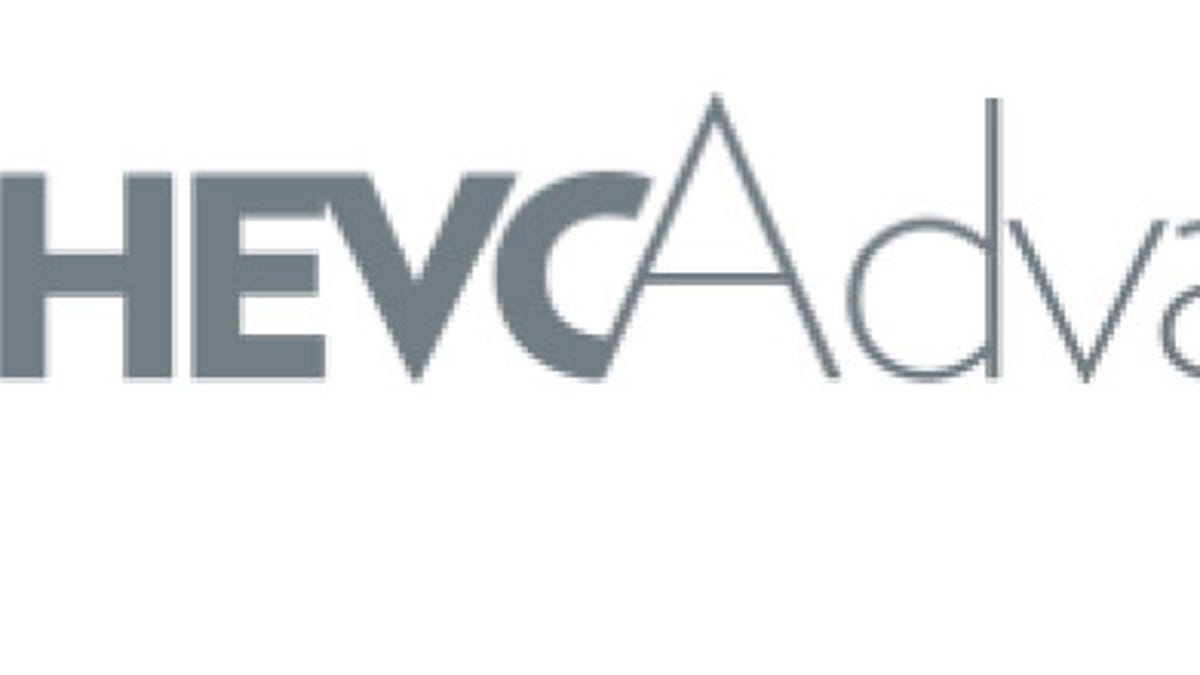New fees cast shadow on next-gen high-quality streaming video
It looked like compression technology for superhigh-quality video would be free for watching movies and TV online. Not so, according to a new patent-licensing group that wants a cut of the revenue.

Amazon and Netflix want you to watch their streaming-video services using next-gen video technology that enables superhigh resolution. But a new patent-licensing organization has announced a new fee that could put a damper on such efforts.
To enable the next-gen high-resolution video, the computing industry had largely settled on the High Efficiency Video Coding (HEVC) standard to compress video down to manageable data-transfer rates and file storage sizes. Initially it appeared that HEVC would be free to use for streaming video, but the new HEVC Advance group announced Wednesday that it wants 0.5 percent of revenue taken in by any paid streaming-video services delivered with HEVC.
Industry players had expected to pay for HEVC Advance, but only for products like TVs, mobile phones, Blu-ray players and PC operating systems. HEVC Advance not only added a demand for streaming-media fees, but also wants payments for those uses -- at least 80 cents per phone and $1.50 per TV, according to its licensing fee summary -- on top of what device makers had expected.
HEVC, also known as H.265, has begun spreading to new 4K TVs and mobile phones, but "the recent announcement by HEVC Advance throws a roadblock up against that momentum," Frost & Sullivan analyst Dan Rayburn said in a July report that also was critical of HEVC Advance's surprise arrival and methods.
The HEVC Advance fees also could help Google's aspirations with a competing video compression technology called VP9. It's available royalty-free, is already used at YouTube and in Chrome and Firefox for personal computers, and according to streaming-media author and consultant Jan Ozer provides comparable video quality to HEVC. Google also is working on a successor, VP10, and plans to advance the technology as rapidly as it can.
Squeezing down the bits
Today's HD video offers a resolution of 1,920 by 1,080 pixels. Next-gen video, called Ultra HD or 4K, offers 3,820 by 2,160, and sometimes even more, in an attempt to improve image quality.
Four times the pixels means four times the file size for a video stored on a Blu-ray disc and four times the network capacity needed to send the latest episode of your favorite TV show -- if you stick with today's compression technology, called H.264 or AVC (Advanced Video Coding).
Dozens of engineers from electronics companies meet in an organization called the Moving Picture Experts Group, which convenes periodically to create new compression standards. They designed H.264/AVC and H.265/HEVC.
The technology isn't free to use, but many patent holders have for years used a separate organization called MPEG LA to license rights to the collection of related patents through a "pool" mechanism. A company making a smartphone or TV could pay MPEG LA for the patent pool instead of negotiating licensing terms individually with dozens of patent holders.
But with HEVC, it appears that some patent holders weren't happy to go with MPEG LA, which declared that HEVC would be free for all streaming video. Companies licensing HEVC patents through MPEG LA include Apple, Samsung, JVC Kenwood, SK Telecom, Hitachi and Fujitsu. But in HEVC Advance's initial announcement, five companies signed up for its patent pool: General Electric, Technicolor, Dolby, Philips and Mitsubishi Electric. HEVC Advance's chief executive, Pete Moller, came from General Electric's patent-licensing group.
Striking a balance
HEVC Advance "balances the needs of both licensees and licensors," the group said in its Wednesday announcement. "The HEVC Avance patent pool will facilitate the success of device and content providers seeking to deliver next-generation digital experiences," Moller said in a statement.
HEVC Advance promises "transparent access to patents essential to the HEVC/H.265 standard for video compression," but so far some details remain opaque -- including the list of patents it plans to license.
It won't be able to answer that question immediately, either: on Wednesday, it announced that on August 1 it'll begin accepting HEVC-related patents from companies that wish to join the HEVC Advance patent pool. Law firm Barcelo, Harrison & Walker will evaluate the patents to see if they're appropriate for inclusion.
For comparison, MPEG LA began that part of its process in June 2012 and announced its patent pool more than two years later. With HEVC Advance just getting started, there's more waiting in store for HEVC fans.

